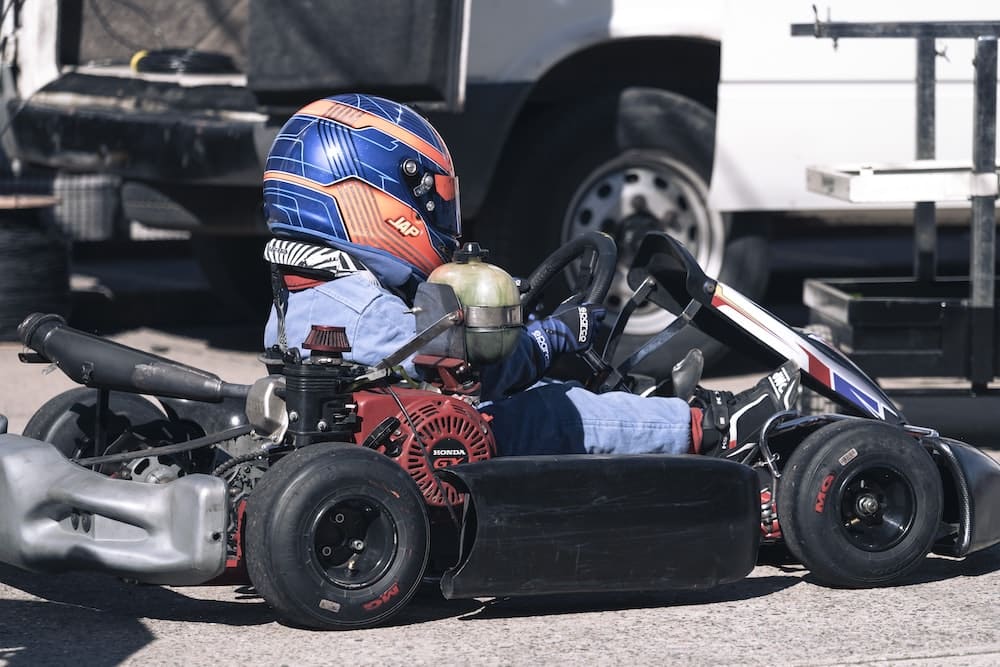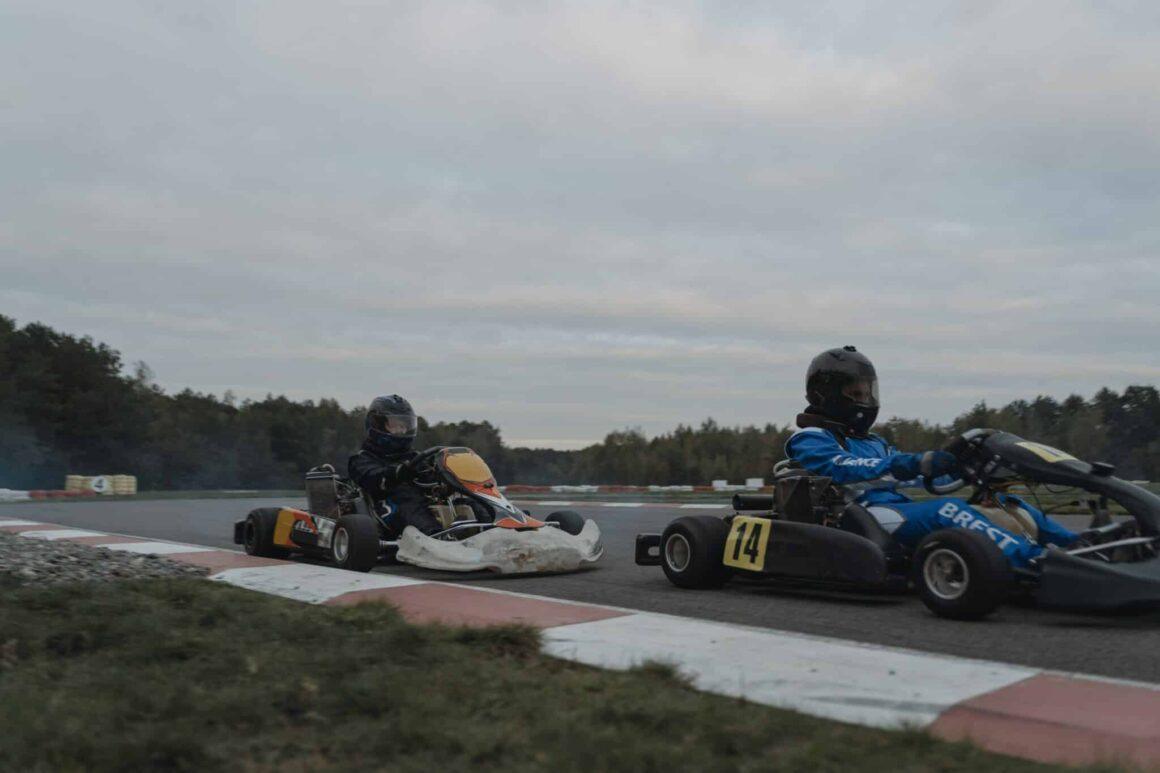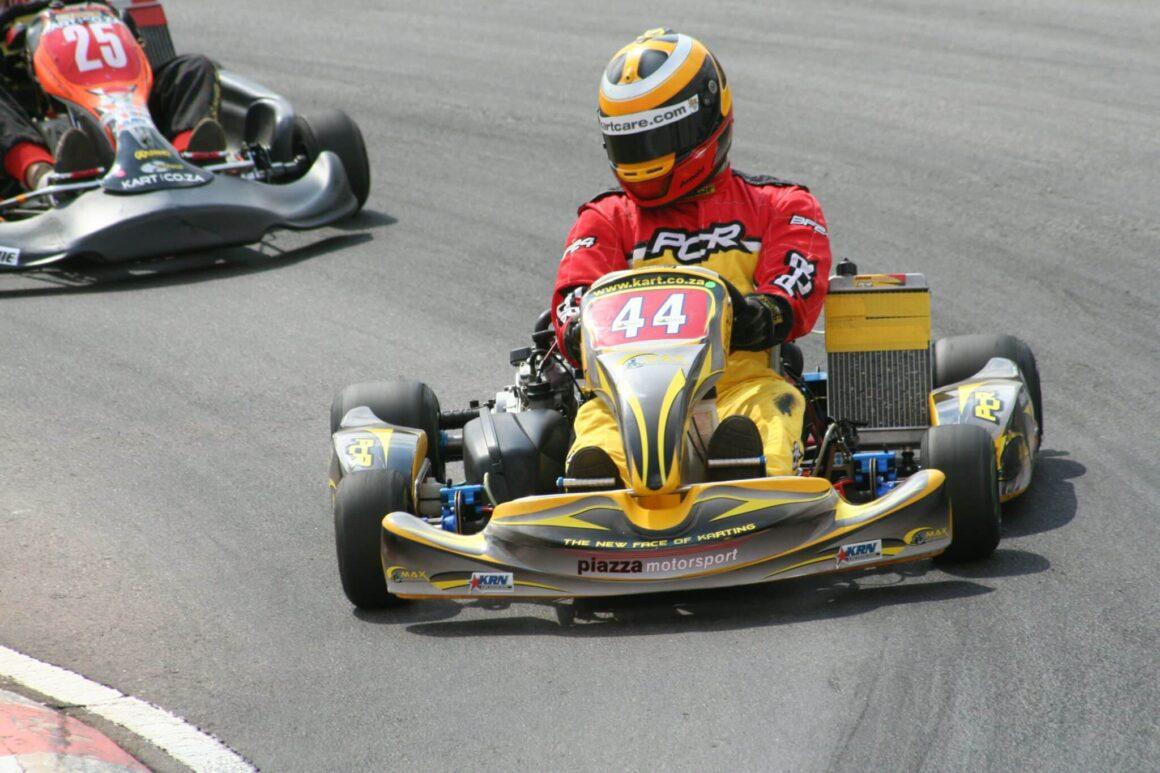The gear ratio is one of the most critical aspects that determines how a go-kart performs. It refers to the ratio between the number of teeth on the sprocket connected to the engine crankshaft and the sprocket attached to the rear axle of the go-kart.
The gear ratio impacts key performance parameters like acceleration, top speed, torque, and engine rpm.
Choosing the optimal gear ratio is essential to extract the maximum performance from a go-kart. An improper gear ratio can lead to issues like lack of low-end torque, inefficient power utilization at high speeds, excessive engine wear and tear, clutch slippage, etc.
Professional go-kart racers pay great attention to gear ratios and make adjustments to suit different tracks and driving conditions in order to gain a competitive edge.
Understanding the Basics of Gear Ratios
Concepts of Gear Ratios in Go-Karts
In a go-kart, the sprocket attached to the engine crankshaft is called the drive sprocket while the sprocket connected to the rear axle is called the driven sprocket. The drive sprocket is smaller in size and has fewer teeth while the driven sprocket is larger in diameter and has more teeth.
For example, a typical setup may consist of a drive sprocket with 12 teeth and a driven sprocket with 60 teeth. This means that for every complete rotation of the drive sprocket, the driven sprocket rotates by one-fifth of a rotation because it has 5 times more teeth. This relation between the number of teeth gives us the gear ratio.
In this case, the ratio would be calculated as follows: Gear Ratio = Teeth on Driven Sprocket / Teeth on Drive Sprocket = 60 / 12 = 5:1 So for every 5 rotations of the drive sprocket, the driven sprocket completes 1 rotation. This is represented as a gear ratio of 5:1.
Impact of Different Gear Ratios on Go-Kart Performance
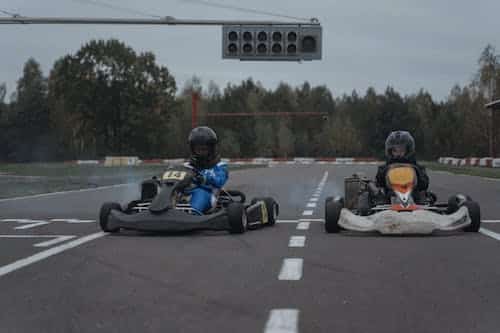
The gear ratio has a significant impact on acceleration, top speed, engine rpm and torque of the go-kart. A lower gear ratio like 2:1 provides greater torque and acceleration but reduces the maximum top speed. This is useful for quick starts or off-road conditions.
Conversely, a higher gear ratio like 8:1 allows achieving higher top speeds due to faster rear axle rotation. However, it compromises low-end torque and acceleration. High gear ratios work best for tracks with long straights.
The ideal gear ratio for a go-kart provides the optimal balance between low-end torque, acceleration, and maximum speed. Go-kart racers experiment with different gear ratios and finalize the one best suited for a particular track or engine.
How to Calculate Go-Kart Gear Ratios
Importance of Correct Calculation
It is critical to correctly calculate the actual gear ratio instead of relying on the advertised or theoretical ratios. Even a minor error in calculating the gear ratio can negatively impact performance and lead to issues like transmission damage over time.
The actual gear ratio depends on the precise number of teeth on the drive and driven sprockets. Factors like manufacturing variations, wear and tear, sprocket damage, etc. can cause the actual tooth count to differ slightly from the advertised specifications, leading to inaccurate gear ratios.
By physically counting the exact number of teeth on both sprockets and calculating the ratio, one can determine the real-world gear ratio more accurately. This helps in selecting optimal transmission configurations and makes tuning the engine and go-kart performance more precise.
Steps to Calculate the Gear Ratio
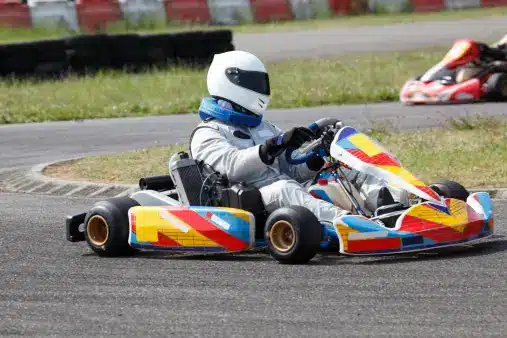
Here are the steps involved in calculating the actual gear ratio of a go-kart:
- Count the number of teeth on the drive sprocket (attached to the engine crankshaft)
- Count the teeth on the driven sprocket (rear axle sprocket)
- Divide the number of teeth on the driven sprocket by the number of teeth on the drive sprocket
- The result gives the actual gear ratio
For example, if the drive sprocket has 14 teeth and the driven sprocket has 74 teeth, the gear ratio is calculated as:
Gear Ratio = Teeth on Driven Sprocket / Teeth on Drive Sprocket
= 74 / 14 = 5.29:1
One can also use online gear ratio calculators to compute the ratio quickly based on the number of teeth provided.
Factors Influencing the Choice of Gear Ratios
Type of Go-Karts Track
Tracks with more straights and high-speed sections allow the use of higher gear ratios to gain maximum speed. For instance, a gear ratio of 7:1 or 8:1 is suitable for such tracks. The driver can utilize the straights to accelerate to high speeds before braking for the curves.
On tracks with more twists, turns and sharp corners, lower gear ratios around 4:1 to 5:1 are preferable. Lower ratios provide better low-end torque and quicker acceleration to navigate the tight corners. Drivers need to prioritize acceleration over top speed for such technical tracks.
Engine Power and Torque
Higher horsepower engines that can rev up to 15,000 rpm or above can leverage higher gear ratios like 8:1 or 9:1. The additional power and torque at high rpms allow them to overcome the disadvantage of lower torque at low speeds.
Low displacement engines with modest horsepower figures need lower gear ratios in the range of 4:1 to 6:1. The improved low-end torque and acceleration helps compensate for the lack of power at high rpms. Finding a gear ratio that keeps the engine rpm within the optimal torque band is key.
Analysing the Best Gear Ratio for Different Go-Karts

Comparison between different Gear Ratios
Here is a comparison of gear ratios typically used in different go-kart configurations:
- Rental go-karts: 4:1 to 6:1
- Off-road go-karts: 3:1 to 5:1
- Racing go-karts: 7:1 to 10:1
- High-performance racing: 11:1 to 13:1
Rental go-karts prioritize control and safety, so lower gear ratios are used. Racing go-karts aim for maximum speed, hence very high ratios.
Gear Ratio Selection for Best Performance
There is no universally ideal gear ratio, but most performance go-karts function best in the range of 6:1 to 8:1 as it offers a balanced mix of acceleration and top speed.
Professional racers may tweak the gear ratio by a fraction up or down from this range based on factors like engine torque curve, track layout, tire grip, etc. Extensive testing and data analysis guides these minor adjustments to optimize the go-kart for peak performance.
The impact of Gear Ratios on Go-Kart Speed and Torque
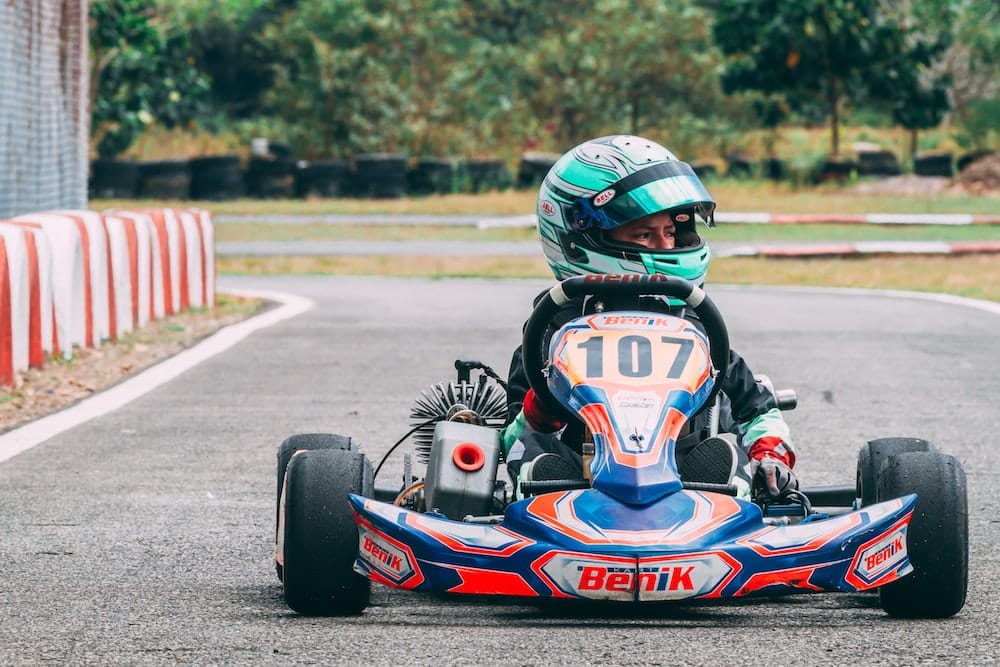
How Gear Ratios affect Speed
Higher gear ratios like 9:1 or 10:1 enable a go-kart to achieve greater top speeds, provided the engine is powerful enough. At higher ratios, the driven sprocket rotates much faster in relation to the drive sprocket.
However, the time taken to accelerate from lower speeds to the maximum speed increases. There is a trade-off between achieving the highest possible top speed versus quick acceleration.
How Gear Ratios influence Torque
Lower gear ratios like 3:1 or 4:1 multiply the engine torque significantly allowing rapid acceleration. But the maximum speed is lower because of the reduced driven sprocket rpm.
Higher gear ratios cause excessive slipping of the clutch because the lower torque at high gear ratios is insufficient to cope with the increased rotational speed of the rear sprocket.
Conclusion
Recap of Important Points
The gear ratio, defined as the ratio between the drive and driven sprocket teeth, is a vital parameter in go-karts. It impacts acceleration, torque, top speed, engine wear, and clutch slipping. Correct calculation of gear ratios is essential.
Lower gear ratios favor torque and acceleration while higher ratios allow higher top speeds. Extensive testing is required to find the optimal balance. Factors like engine specifications, track layout, tire size, etc. influence gear ratio selection.
Importance of Choosing the right Gear Ratio
Choosing the wrong gear ratio can severely diminish go-kart performance. Insufficient torque and slow acceleration may prevent overtaking maneuvers while excessive slipping damages the clutch and transmission. The ideal gear ratio provides the perfect power band to exploit the full potential of the engine.
Gear ratios require fine tuning and adjustments to suit specific tracks and driving styles. Racers constantly experiment with slight gear ratio changes of 0.5 or 1 tooth to maximize performance. With the right gear ratio dialed in, go-karts truly come alive and deliver breathtaking speed and control.
